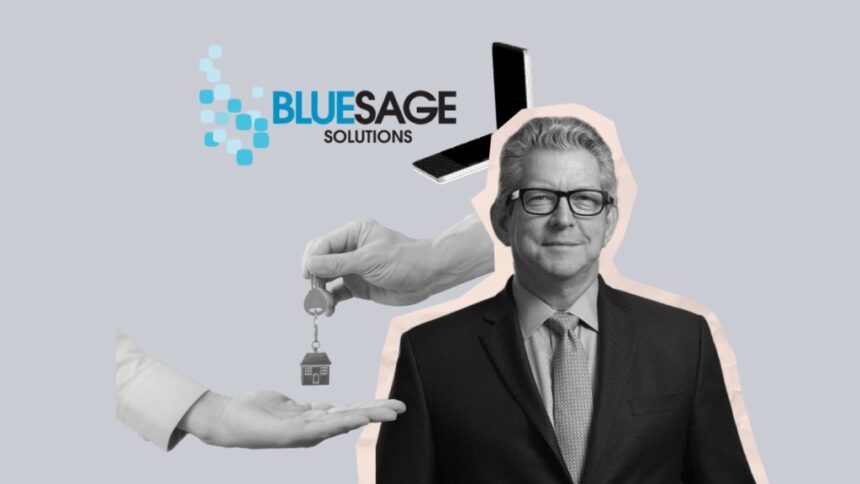
It’s been a little more than a year since Blue Sage Solutions announced its new servicing platform that merges loan origination and servicing functions using API-based technology — a move that marked a significant shift from its origination-focused past.
David Aach, the company’s chief operating officer, sat down with HousingWire’s Sarah Wolak to talk about Blue Sage’s goals for full implementation by 2026 and the hurdles the platform has overcome as a newcomer to the servicing industry. This interview has been edited for length and clarity.
Wolak: The announcement of Blue Sage’s servicing arm dominated the company’s 2024 moves. Can you give me an update on how it’s been going?
Aach: So, we announced it last year and we signed our first client. For the first 10 years that the company was in business, we operated primarily in the origination space. We made a big strategic decision to build a full end-to-end servicing platform, and we’re now in year four of that journey.
It’s a very, very big undertaking. There hasn’t been a brand-new, end-to-end service in the platform because the dominant vendors have been in that business forever. So, our development took a few years and last year was essentially our beta trial. We started first focused on interim servicing which is, you know, 80% of the problem. And a year from now, we’ll be doing full end-to-end servicing. We’re completing the last 20% in the last lap of the race.
Wolak: Can you explain what you mean by interim servicing being 80% of the problem?
Aach: The definition of interim servicing is between the time that the loan closes, but prior to the loan being delivered to the end investor, there’s a period where one, two, sometimes as many as three payments potentially could come from the borrower that needs to be processed — which is called interim servicing because it’s this period between origination and full service.
The couple of things you typically don’t worry about during interim servicing are default management and not having to worry about the borrower going into foreclosure. But in order to do full servicing, once you deliver it to the investor, your servicing system must be able to do something called investor accounting, which is the final 20% that is going to be completed in 2025
Wolak: I understand that your company estimated that in the first quarter of 2026, the end-to-end servicing would be complete. Tell me what Blue Sage will focus on throughout 2025 leading up to that?
Aach: We think there are a lot of lenders who struggle with the challenges of interim servicing. It’s a very manual process for many originators because most loan origination systems really don’t address it. And so we hear that there are lots of spreadsheets, there are lots of manual efforts being done, and so we’re trying to solve that pain for our clients this year and then extend that next year when we have the full-service improvement.
Wolak: What has marketing yourselves as a new entry to the servicing space looked like, and how are you trying to provide that trust?
Aach: In the mortgage industry, the forces of inertia are quite strong, and so it took a while to find the right partner who’s willing to [try us] first, but people typically don’t like to go first. So, we are going to be doing a couple of webinars in the next 90 days, trying to promote it and try to find people.
We hired someone who’s going to help us build a business case where we can show how many loans I originate, how long it takes to service, and try to come up with a dollar figure that shows customers how our servicing will save them X amount of dollars per year.
It’s trying to get over that inertia factor about showing people how much money they could typically save, and that it’s a pretty short implementation. It’s not like replacing a full servicing system, which is something that makes people twitch. Just thought of it, but an interim servicing system to replace a manual process is something we think we can do in 90 days.
Wolak: What’s different about this year so far versus 2024 when you introduced the new servicing?
Aach: I think, from an industry perspective, I think the last three years have been [about] survival. But this year, we are projecting things to be better for us. We’ve added a lot of new clients. We’ve grown as a company. We’ve added people and we doubled down during the last three years by adding all this functionality. Others in the industry shrunk, but we didn’t do that.






